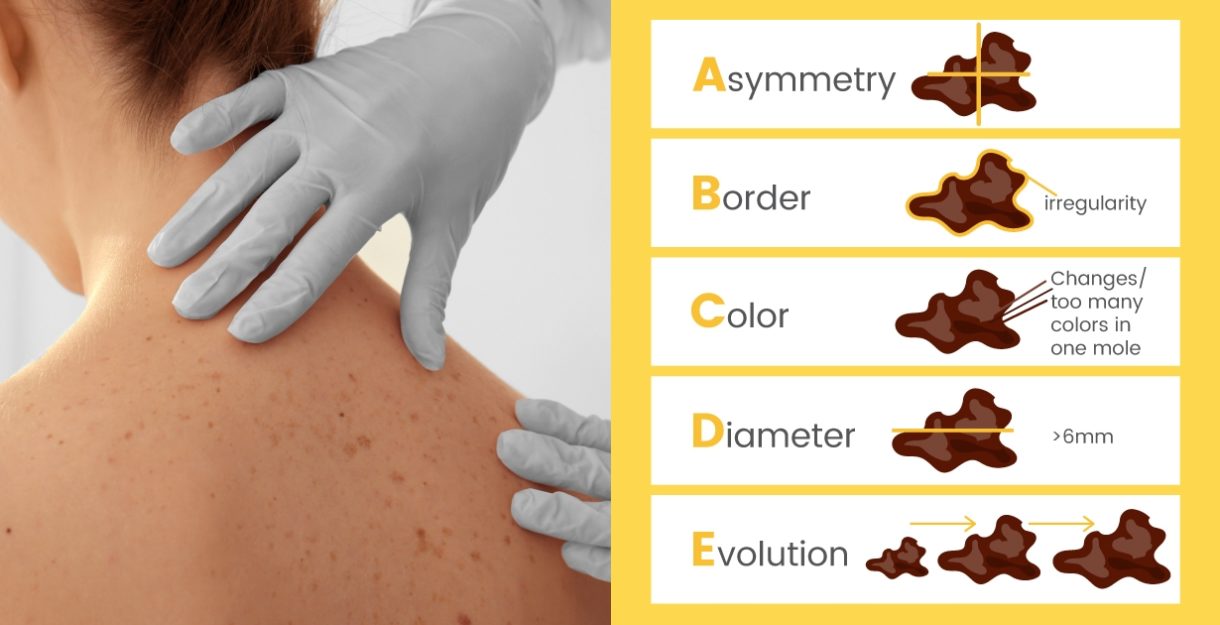When To Contact Your Doctor

Should I Contact My Doctor?
You may ask yourself, “When do I need to see a doctor?” The short answer is if you see a skin lesion or mole that fits one of the ABCDE guidelines or the Ugly Duckling rule, or if you see a new mole or skin lesion, you should schedule an appointment with a healthcare provider who has experience with melanoma. Identifying new or changing moles/lesions is key to early detection. Melanoma is the most serious form of skin cancer. If left untreated, it can spread and become deadly. That’s why it’s important to know when it’s time to see a doctor.
Heed Your Own Concerns
If you are concerned about an area on your skin, make an appointment. Don’t hesitate to ask for a second opinion if you think it’s warranted.
Important: If an appointment is not available within a week or two, even after explaining that you are concerned about melanoma, seek another physician’s office.
Early Warning Signs of Melanoma
Identifying melanoma early is more likely with regular self-exams. Once a month, check your body from head-to-toe. When examining your body, pay attention to the shape and texture of your moles and blemishes. Use the ABCDE method and look for:
- a mole that is asymmetrical or unevenly shaped
- a mole with indistinct, uneven, or blurry borders a mole with multiple colors
- a mole with a diameter larger than a ¼ inch (about 6 mm) across
- a mole that evolves, which could mean, for example, it gets bigger or swells; becomes itchy or tender; or develops a crust or scab, or starts to bleed
In addition to the ABCDEs, also look for moles that fit the Ugly Duckling Rule: An “Ugly Duckling” is a mole or lesion that is unlike the others on your skin. It might be a lighter colored or darker colored mole or lesion than the others around it, or it might be a larger or smaller mole or lesion than others around it.
If any of your moles or lesions fits one of the ABCDEs or the Ugly Duckling Rule, you should schedule an appointment with your dermatologist immediately.

Don’t Rely on Memory
If you have numerous or dysplastic moles, or if you’ve had a previous melanoma, ask your doctor about total-body photography. Instead of relying on memory to determine whether a mole has changed or is new, some dermatologists offer total-body photography to provide a baseline for comparison at future examinations. Total body photography CDs can be used in the clinic and at home to allow for comparisons. Other doctors simply take photos of your moles, keep them in your files, and review them at annual appointments. If your doctor doesn’t offer photography, or your insurance doesn’t cover it, you can take photos of your moles or lesions yourself and show your doctor at your annual appointment.

